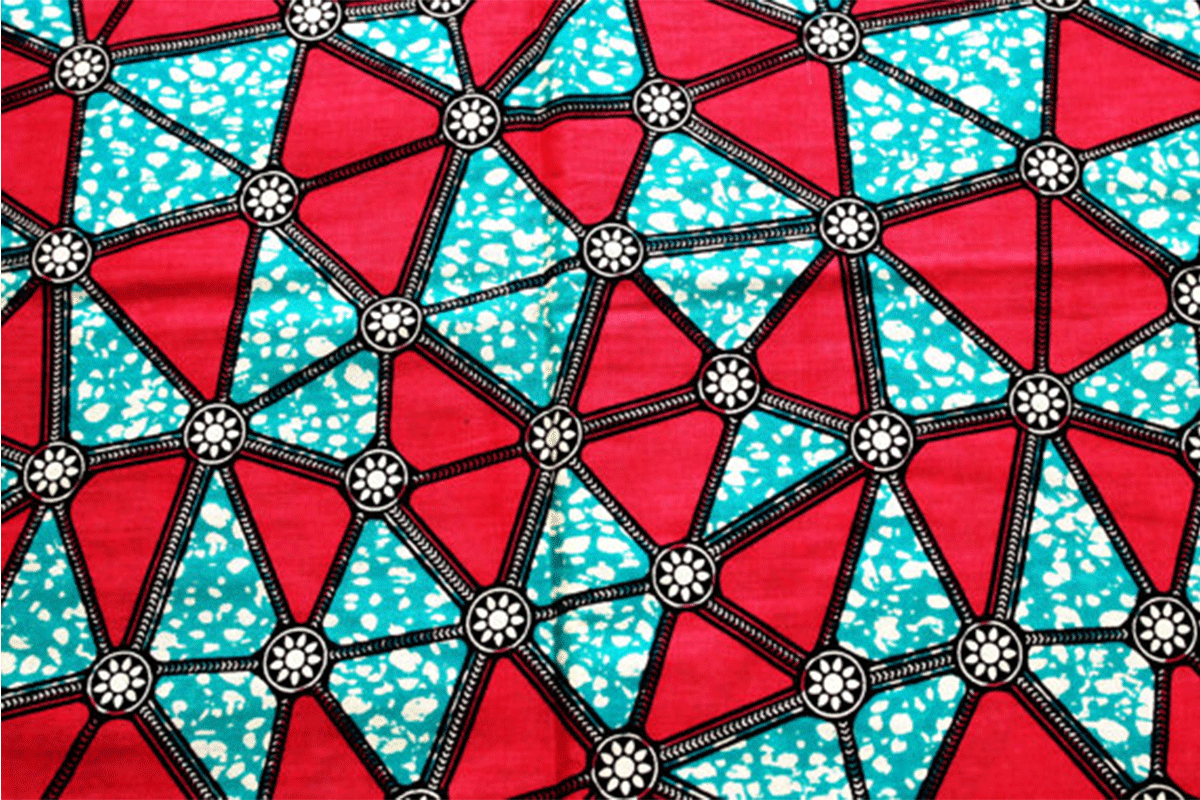Chivanka’s fashion blog
west african textiles (Ankara)
The antiquity of ankara
Ankara was formerly known as Dutch wax print. It was originally manufactured by the Dutch for the Indonesian textile market. But, by mistake or design, these prints garnered significantly more interest in West African than in Indonesia. Recognizing this opportunity, the Dutch decided to focus on West Africa. As such, the prints changed to reflect African culture and lifestyle more. African print was henceforth born.






The long and short though is the universal acceptance of these prints in the West African market specifically. Ankara is one of the cheapest traditional fabrics (made even cheaper when Chinese manufacturing of the fabric became widespread). If you notice, other African fabrics like Aso Oke are reserved for special occasions, but Ankara is used for everyday wear.




But back to the authenticity of the fabric; obviously, the origins of Ankara are not at all African but rather European. However, I still see Ankara as authentic African Print because of what it represents (as opposed to where it was first made). Does the fabric represent African culture? Is Africa the first thing that comes to mind when you look at Ankara? Do Africans generally identify with the prints? I can confidently answer ‘Yes’ to these questions and as such proving the authenticity of the Print. Also, I see no reason why we can’t recognize the influence that the Dutch had on Ankara. After all, they’ve played their part but now it’s in the hands of Africans to use the fabric to promote our own culture.




What is commonly known as “African fabric” goes by a multitude of names: Dutch wax print, Real English Wax, Veritable Java Print, Guaranteed Dutch Java, and Veritable Dutch Hollandaise. I grew up calling them Ankara and although they’ve always been a huge symbol of my Nigerian and African identity.
I know I personally felt shocked upon learning that the “African” fabrics I grew up loving and admiring were not really “African” in their origins (or is it?). My aunt was into this worthwhile business, I went with her to a fabric store in Cotonou (Benin Republic). I saw a lot of Fabrics in the market that she took me to. Hmm, can you imagine that I cannot even remember the name of that market! There were so many shops selling different types of African Fabrics, I looked and touched so many until I became tired. She was really big in the business. She used to travel to Gambia, Senegal, Benin Republic etc.; these are the names of the countries that I can remember. Regardless, I never imagined that the history of this African fabric, henceforth referred to as Dutch wax print, spanned over centuries, across three continents and bridging various power structures.
The development of the African print fabric has been referred to as the “result of a long historical process of imitation and mimicry”. How exactly Dutch wax prints became popular in West Africa is debated. What is known for certain is that Dutch wax prints started out as cheap mass-produced imitations of Indonesian batik locally produced in Java. Colonial powers, particularly the Dutch and the English, played heavy roles in industrializing the batik production techniques and popularizing the resulting textiles in foreign markets.